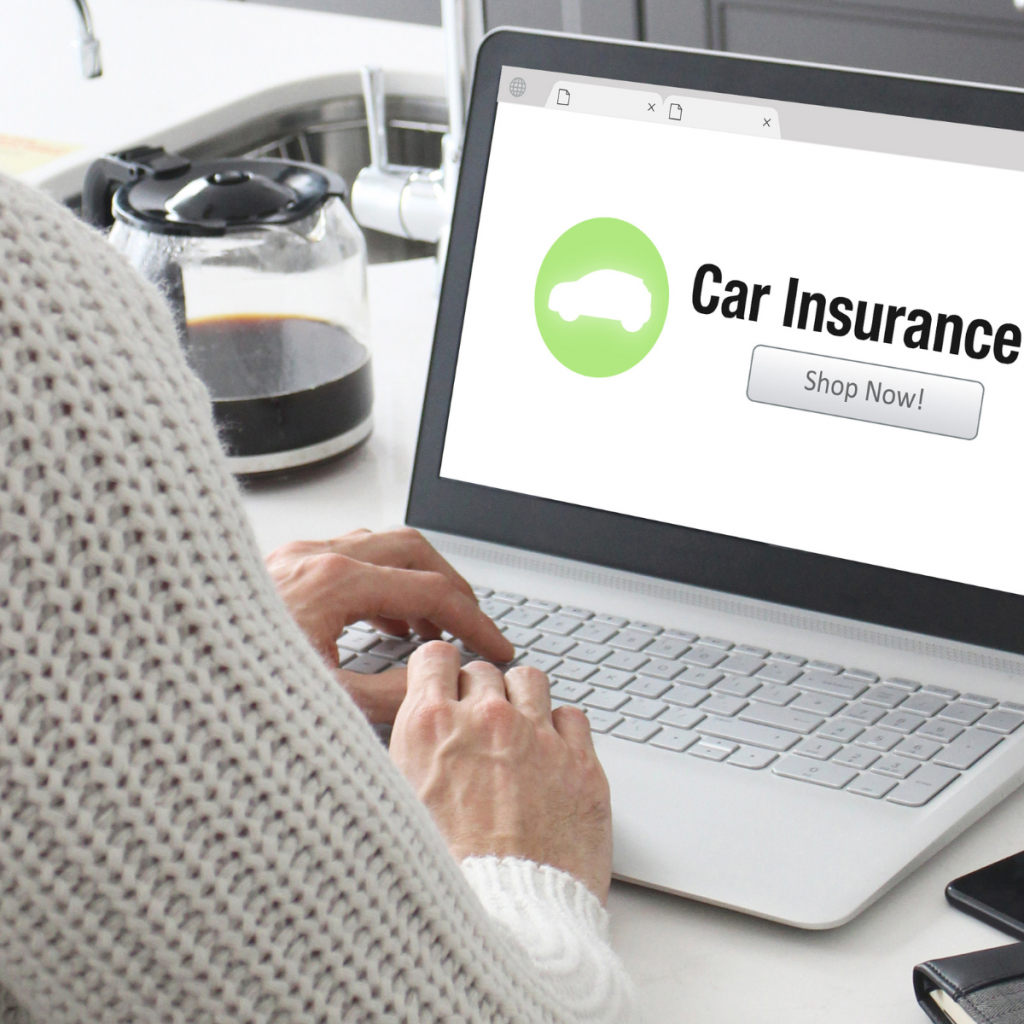Auto insurance is an essential expense for every driver in the United States. While it’s required by law in most states, that doesn’t mean you have to spend a fortune on it. In fact, there are several effective ways to save on auto insurance, from choosing the right coverage to taking advantage of discounts. This blog will explore some of the most practical and effective tips to help you lower your auto insurance premiums while maintaining the right coverage for your needs.
1. Shop Around for the Best Rates
One of the most straightforward ways to save on auto insurance is by shopping around. Insurance premiums can vary significantly from one insurer to another, even for the same coverage. By comparing quotes from multiple insurance companies, you can find the best deal that suits your needs.
- Compare at least three quotes: Getting quotes from different insurance companies allows you to evaluate various pricing structures and coverage options. Make sure to compare apples to apples by selecting similar levels of coverage and deductibles.
- Use online tools: There are numerous online comparison tools that make it easier to get and compare auto insurance quotes quickly. Many of these tools allow you to compare prices from several insurers in one place, saving you time and effort.
Solution: Take time each year to compare rates and policies from multiple insurers to ensure you are getting the best possible deal.
2. Bundle Your Insurance Policies
Insurance companies often offer discounts for bundling your car insurance with other types of insurance, such as home, renters, or life insurance. By purchasing multiple policies from the same provider, you can receive substantial discounts, sometimes as much as 25% off your total premium.
- Home and Auto Bundling: If you have home or renters insurance, consider bundling it with your auto insurance. Most insurers offer a multi-policy discount, which can be a great way to save money on both policies.
- Other Types of Coverage: Bundling your car insurance with life, boat, or motorcycle insurance can also lead to significant savings.
Solution: Review your existing policies to see if bundling options are available and inquire with your insurer about discounts.

3. Increase Your Deductibles
Your deductible is the amount of money you pay out-of-pocket before your insurance coverage kicks in. In general, higher deductibles lead to lower premiums because you’re agreeing to take on more financial responsibility in the event of a claim.
- Low Deductible vs. High Deductible: If you increase your deductible, your monthly premium will typically decrease. For example, increasing your deductible from $250 to $500 can result in significant savings on your annual premiums.
- Assess Your Finances: Before increasing your deductible, make sure you can comfortably afford the higher out-of-pocket expense in case of an accident. If you’re financially prepared, this strategy can be an effective way to reduce your insurance costs.
Solution: Evaluate your financial situation to determine if raising your deductible is a good option to lower your premiums.
4. Maintain a Good Driving Record
One of the most important factors that influence your auto insurance rates is your driving record. If you have a history of accidents, speeding tickets, or other violations, your premiums will likely be higher. Conversely, maintaining a clean driving record is one of the best ways to keep your premiums low.
- Safe Driving: By avoiding accidents and obeying traffic laws, you can keep your driving record clean and prevent your rates from going up.
- Defensive Driving Courses: Some insurance companies offer discounts for completing a defensive driving course. This can be a great option if you have a minor traffic violation on your record or want to improve your driving habits.
Solution: Focus on safe driving habits and consider taking a defensive driving course to help lower your rates.
5. Take Advantage of Discounts
Many auto insurance companies offer a variety of discounts that can help lower your premium. These discounts are often based on factors such as your driving habits, the safety features of your car, or your personal characteristics. Some common discounts include:
- Good Driver Discounts: Many insurers offer discounts for drivers who have a clean driving record.
- Low-Mileage Discounts: If you don’t drive much, you may qualify for a low-mileage discount. Insurers recognize that less time on the road means less risk of accidents.
- Safety Features: Cars with advanced safety features, such as airbags, anti-theft devices, and anti-lock brakes, often qualify for discounts because they reduce the likelihood of injury or theft.
- Good Student Discounts: If you’re a student with good grades, you may be eligible for a discount.
Solution: Ask your insurer about all available discounts and make sure you’re taking advantage of any that apply to you.
6. Choose the Right Car
The type of car you drive can have a big impact on your auto insurance premium. Generally, the more expensive the car, the higher the insurance premium. High-performance cars, luxury vehicles, and sports cars tend to have higher premiums because they are more expensive to repair or replace. On the other hand, vehicles with better safety ratings and lower repair costs may qualify for lower premiums.
- Vehicle Safety: Cars equipped with features like airbags, anti-lock brakes, and electronic stability control often qualify for lower insurance rates due to their reduced risk of accidents or injuries.
- Car Model: Consider the make and model of your car when purchasing auto insurance. While it may be tempting to drive a sports car, it could end up costing you more in insurance premiums.
Solution: When choosing a car, consider both the cost of the vehicle and how much it will cost to insure it.

7. Maintain a Healthy Credit Score
In many states, auto insurance companies use your credit score as one of the factors in determining your premium. Drivers with higher credit scores tend to pay lower premiums because they are seen as more financially responsible. On the other hand, drivers with poor credit scores may pay higher rates.
- Improve Your Credit: If your credit score is less than stellar, taking steps to improve it can result in lower premiums. Pay your bills on time, reduce your debt, and keep your credit utilization low.
- Review Your Credit Report: It’s also important to review your credit report regularly to ensure there are no errors that could negatively affect your score.
Solution: Focus on improving your credit score by maintaining good financial habits, which could lead to lower auto insurance premiums.
8. Consider Usage-Based Insurance (UBI)
Many insurance companies now offer usage-based insurance (UBI) programs that track your driving habits and adjust your premium based on how safely and how much you drive. These programs often involve the installation of a small device in your vehicle that monitors factors like speed, braking, and mileage.
- Safe Driving Rewards: If you’re a safe driver, you can earn significant discounts by participating in a UBI program. These discounts are often much larger than those offered by traditional insurance policies.
- Mileage-Based Savings: If you don’t drive much, UBI can be an excellent option for saving money. The fewer miles you drive, the lower your premium could be.
Solution: Consider enrolling in a UBI program if you have good driving habits and don’t drive frequently, as it can result in significant savings.
9. Review Your Coverage Regularly
Your auto insurance needs may change over time. For example, if your car becomes older and loses its value, you might consider dropping comprehensive and collision coverage. Or, if you’ve paid off your car loan, you no longer need to carry full coverage. Reviewing your coverage regularly can help you identify areas where you can save money.
- Reduce Coverage on Older Cars: If your car is worth less than your deductible, it may make sense to drop comprehensive or collision coverage, which will reduce your premium.
- Evaluate Your Needs: Regularly assess your coverage levels to make sure they still meet your needs and are not excessive for your situation.
Solution: Periodically review your coverage and adjust it based on changes in your vehicle’s value, driving habits, or life circumstances.

Conclusion
Saving on auto insurance is achievable with the right strategies in place. By shopping around, bundling policies, raising deductibles, and taking advantage of discounts, you can reduce your insurance premiums without sacrificing the coverage you need. Additionally, maintaining a good driving record, choosing the right car, and monitoring your credit score can help you keep your premiums as low as possible.
Remember, the key to saving on auto insurance is being proactive and regularly reassessing your options to ensure you’re getting the best deal for your circumstances. By following these tips, you can enjoy significant savings while still being properly protected on the road.

Leave a Reply